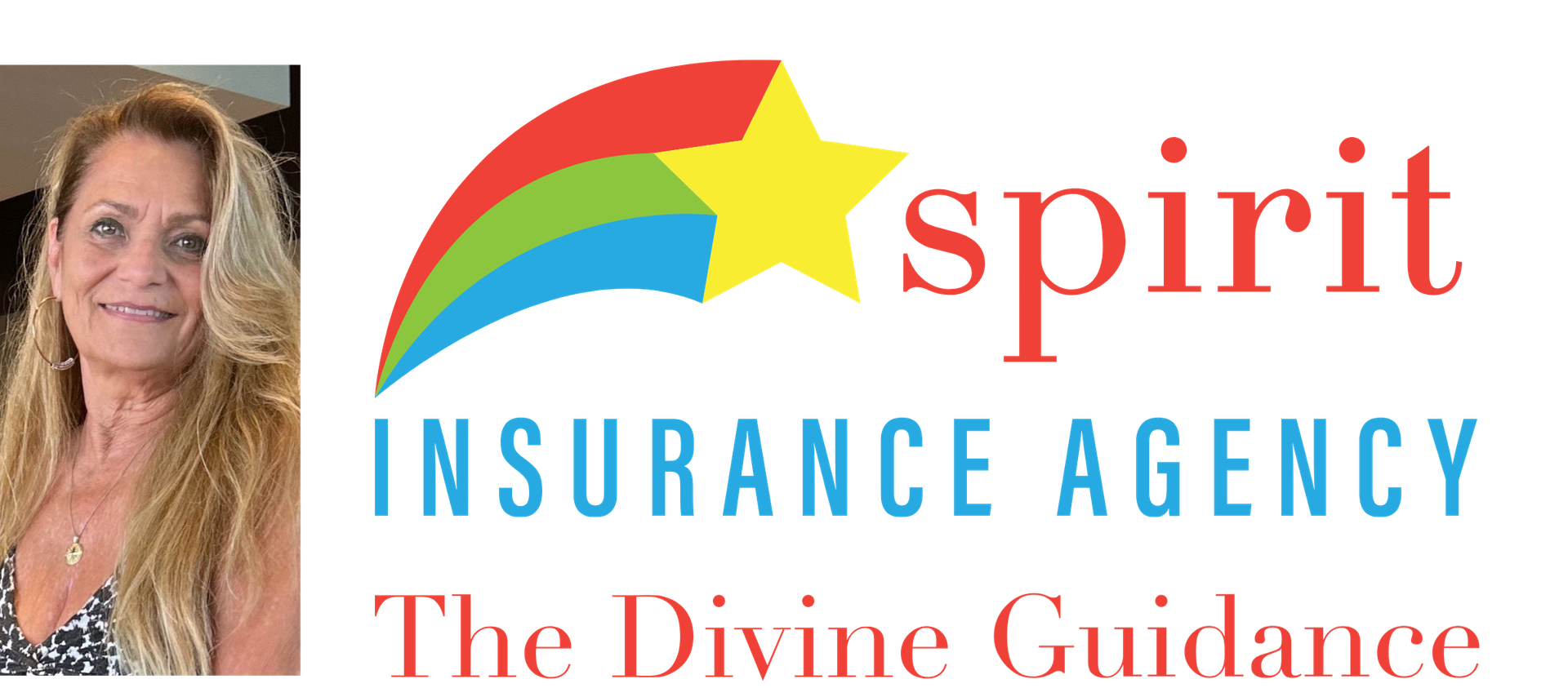


Medicare Health Insurance
Johanna Jobin is dedicated to helping Medicare beneficiaries throughout the nation. With the aging of America, the Baby Boomer's are looking for assistance with their Health Insurance and Financial needs. I take great pride in being that resource to accomplish their individualized needs.
One of the major concerns a person has when they do retire or turn 65 is how to cover or cap their medical costs which can be catastrophic. That is the goal that Karen Hungerford will accomplish for you by finding the most suitable yet affordable plan tailored for you.
It is important to learn about the benefits you may be eligible to for your healthcare. Whether you are on Medicare or newly eligible to Medicare there are various options to choose from and each has specific features and benefits.
Do you know the difference between?
With an abundance of choices, this can be a very complex process for an individual to handle.
Johanna Jobin is YOUR SOLUTION!
One of the major concerns a person has when they do retire or turn 65 is how to cover or cap their medical costs which can be catastrophic. That is the goal that Karen Hungerford will accomplish for you by finding the most suitable yet affordable plan tailored for you.
It is important to learn about the benefits you may be eligible to for your healthcare. Whether you are on Medicare or newly eligible to Medicare there are various options to choose from and each has specific features and benefits.
Do you know the difference between?
- Medicare Supplements
- Medicare Advantage Part C plans
- Prescription Part D plans
With an abundance of choices, this can be a very complex process for an individual to handle.
Johanna Jobin is YOUR SOLUTION!


Retirement Planning
70% of Americans between 50-74 do not have a formal retirement plan. Do you?
4 in 5 lack basic retirement knowledge on how to be financially secure. Do you?
Bottom Line: Are you afraid of running out of money during your retirement?
We often hear the term, "Retirement Rollercoaster", but it doesn't have to be that way.
Are you looking for:
Most seniors do not know products like this exist. There are many challenges during your retirement, and I want to be able to provide solutions that may fit your goals.
The process is simple. Give me a call so we can set aside some time and go over in full detail how these products may benefit you.
4 in 5 lack basic retirement knowledge on how to be financially secure. Do you?
Bottom Line: Are you afraid of running out of money during your retirement?
We often hear the term, "Retirement Rollercoaster", but it doesn't have to be that way.
Are you looking for:
- Guaranteed income for life
- Elimination of Market Loss
- Capture upside gains in the market
- Tax-deferred growth
Most seniors do not know products like this exist. There are many challenges during your retirement, and I want to be able to provide solutions that may fit your goals.
The process is simple. Give me a call so we can set aside some time and go over in full detail how these products may benefit you.


Life Insurance
It's never too early (or too late) to get life insurance. Our life insurance policies will have you covered so you can plan to enjoy every moment with peace of mind. Our coverage options include:
Whole Life Insurance - Enjoy peace of mind with full coverage that grows in cash value.
Term Life Insurance - A cost-effective alternative to Whole Life Insurance that covers you for a specified amount of time.
Guaranteed Life Insurance - Regardless of your health concerns, we may have solutions for you.
Contact me today to learn more about our different life insurance and coverage options.
Guaranteed Life Insurance - Regardless of your health concerns, we may have solutions for you.
Contact me today to learn more about our different life insurance and coverage options.


Dental Insurance
At Patricia Hardy Insurance, we offer comprehensive Dental insurance. We have several different plans depending on your state and coverage needs. We will be happy to discuss what plan is suitable for you.
Do you need to see a dentist?
Do you not go due to the high costs of dental care?
Addressing your dental needs today can help avoid costly problems in the future. With an affordable dental plan, now you can have a solution.
Seniors on average spend $1,154 in dental care per year.
Learn about the different options available for you dental needs
Do you need to see a dentist?
Do you not go due to the high costs of dental care?
Addressing your dental needs today can help avoid costly problems in the future. With an affordable dental plan, now you can have a solution.
Seniors on average spend $1,154 in dental care per year.
Learn about the different options available for you dental needs


Hospital Indemnity Plans
Are the Rising costs of Hospital Stays a concern of yours?
Hospital Indemnity Insurance is a type of supplemental health insurance that provides a fixed cash benefit for covered hospital stays and other medical services.
Why are Hospital Indemnity Plans important?
Hospital Indemnity insurance is designed to help individual offset the out-of-pocket costs associated with a hospital stay such as co-pays, deductibles and other non-medical costs.
Face the Facts:
Hospital Indemnity Insurance is a type of supplemental health insurance that provides a fixed cash benefit for covered hospital stays and other medical services.
Why are Hospital Indemnity Plans important?
Hospital Indemnity insurance is designed to help individual offset the out-of-pocket costs associated with a hospital stay such as co-pays, deductibles and other non-medical costs.
Face the Facts:
- The average length of stay in a hospital for Americans is around 4.6 days
- The average cost of a stay for 4.6 days is $13,262.
Many of my clients have expressed concern that, if this were to happen to them, it could place a financial burden on their retirement and their families.

Speak to Johanna Jobin.
Contact us today to make an appointment.
